In the annals of stupid and poorly run schemes, the California High-Speed Rail project ranks among the worst. Its future, even a dramatically scaled down one, has become ever more precarious since the Trump administration’s Department of Transportation rescinded $4 billion in funds already granted the project.
Governor Newsom has already filed a suit to reverse the action, but he can’t legislate away the reality that this project is an abject embarrassment. When voters approved $9 billion for the plan in 2008, the California High-Speed Rail Authority estimated that it would cost $33 billion and start running by 2020 – and that was just for the San Joaquin Valley portion. The cost has since ballooned to $130 billion, and no stretch is operational.
In neither the short-term nor the mid-term is there a way of providing the promised San Francisco to Los Angeles service in 2 hours and 40 minutes. Instead, the plan is now for the train to work in a “blended” fashion, mixing with conventional and freight trains in parts of the San Francisco and Los Angeles metropolitan areas. To say the least, a line running from the Central Valley hubs of Bakersfield, Fresno and Merced hardly seems a romantic return to the rails of the past.
Governing Magazine, not exactly a voice for reduced public spending, traced this cost explosion to “uncoordinated planning” that ignored basic construction logistics and bent to the knee to please political factions. Indeed, the route was in large part sold to the California interior’s denizens as an economic boon, which hardly fits into an economy based not on tourism or knowledge work but on truck-dependent agriculture, manufacturing and oil.
Many observers understand this reality. A decade ago Kevin Drum, writing for the left-leaning Mother Jones, labeled the project “ridiculous.” Yet the project has retained enough support from the state’s labor unions, the Democratic Party apparatus and the greens to keep it chugging, albeit slowly, along.
The same pattern of blue-state infrastructure failure can be seen across the country. In Maryland, there are the slow repairs to Baltimore Harbor’s collapsed Francis Scott Key. Boston’s Big Dig – a mega project to elevate a portion of Interstate 93 – turned out to be plagued by cost overruns and delays and came in at nearly $25 billion, $10 billion more than was expected. Similarly, the Marron Institute at New York University found in 2023 that the US suffers “among the highest transit-infrastructure costs in the world” – far higher not only than China, but also most European countries.
For example, New York’s Second Avenue subway line, Marron notes, was 8 to 12 times more expensive than what the international analysis suggested should be the baseline cost, a product of strict overtime rules, local-union agreements that limit the available labor pools geographically and an unwillingness to address staffing and labor agreements.
At least there are customers for New York’s subways. Contrast this with proposals to create a network of high-speed trains, promoted in Alexandria Ocasio Cortez’s Green New Deal. This is grown out of a progressive fantasy. In a world where most people drive and many commute from home, the idea of sinking tens of billions into high-speed projects seems a poor bet. These realities led Britain’s cancelling of high-speed services to Manchester, Sheffield and Leeds. Rather than a bold leap into the future, these projects seem more like a “bridge to the 19th century,” as the St. Louis Post-Dispatch acidly put it.
Facing the vicissitudes of reality, the last best hope for the California project laid with the free-spending Biden, and it would have benefited even more under a Kamala Harris presidency. In a February 2025 report, the state’s Office of the Inspector General of High-Speed Rail reported that to maintain progress toward the goal of starting service between 2030 and 2033 (already 13 years late and about 400 miles short), the California High-Speed Rail Authority must secure $6.5 billion in funding by 2026.
With no prospect of private investment, it’s hard to see where the money will come from. This puts Governor (and aspiring presidential candidate) Newsom in a tight spot, forcing him to choose between funding the money-mad train and balancing his budget, or addressing critical progressive priorities such as public-employee pensions and free healthcare for the state’s estimated 2.5 million undocumented immigrants.
Worse yet, the biggest financial obstacles loom ahead. Much of what has been built has been easier-to-build flat valley land. Far more expensive tasks lie ahead, such as building 30 miles of tunnels through the San Gabriel Mountains and nearly 15 miles of rails traversing Pacheco Pass. One stretch must climb from approximately 400 feet above sea level in Bakersfield to about 4,100 feet. If the costs of the Los Angeles and San Francisco extensions replicate the experience of the much-easier Bakersfield-to-Merced segment, our analysis suggests a final cost that could be nearly double present projection: about $250 billion.
But in the progressive bubble that is California, Newsom and the project supporters, such State Senator Dave Cortese, insist the project is still viable. They claim that the public, which likely knows little about the spending, still supports the project’s completion. There is, however, no rush in Sacramento to raise the necessary revenue. Cortese insists nothing can stop his “can do” state from meeting the challenge. A better bet is that no one will be taking the 2 hour 40 minute high-speed train from San Francisco to Los Angeles in the foreseeable future.



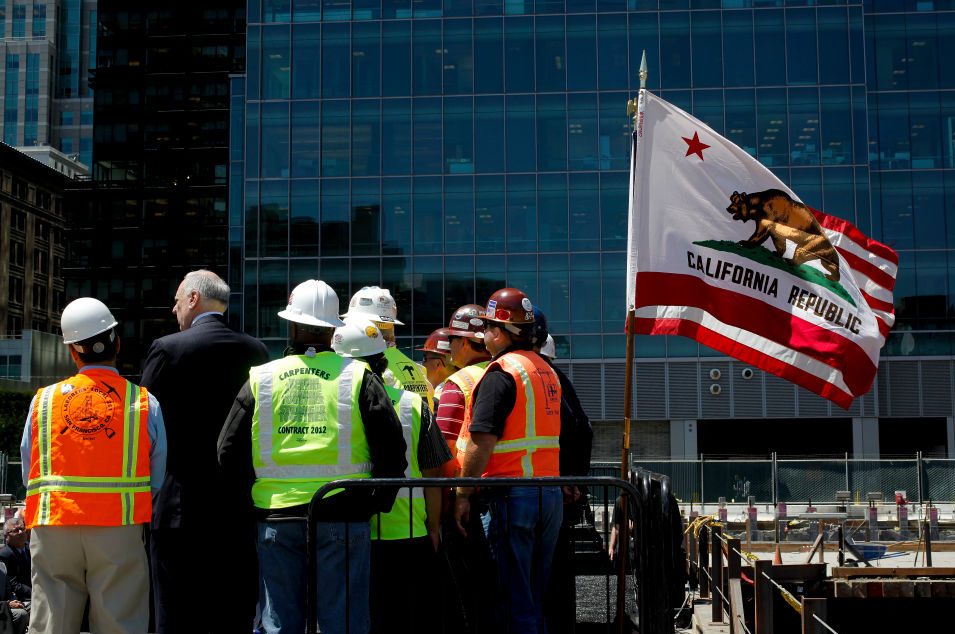







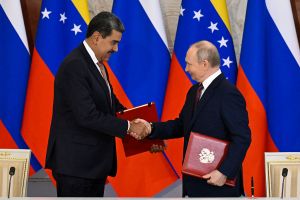

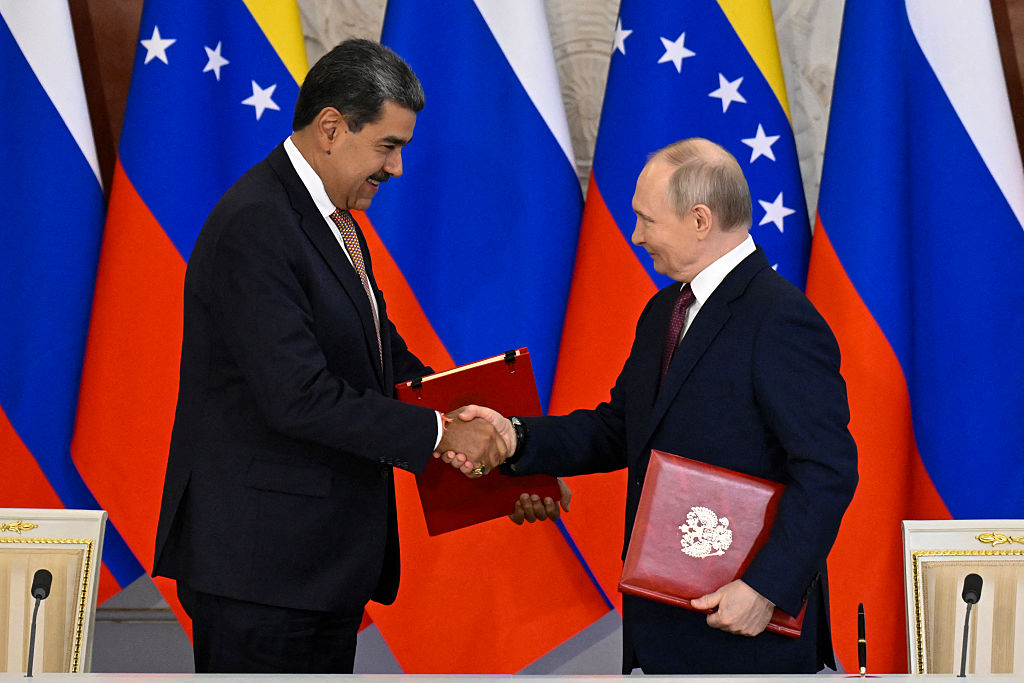



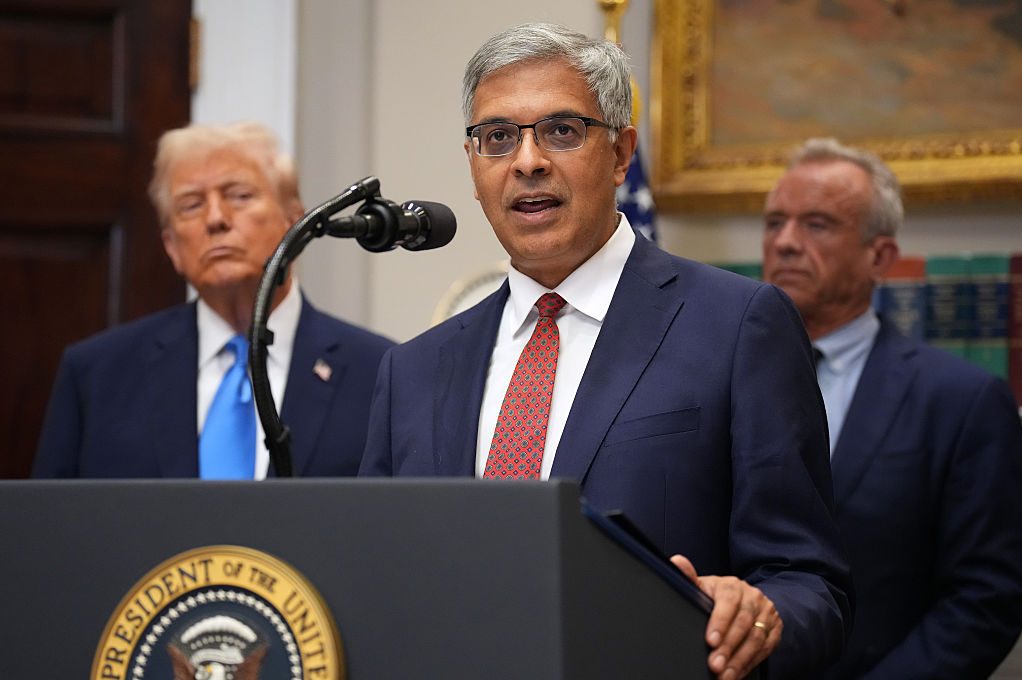
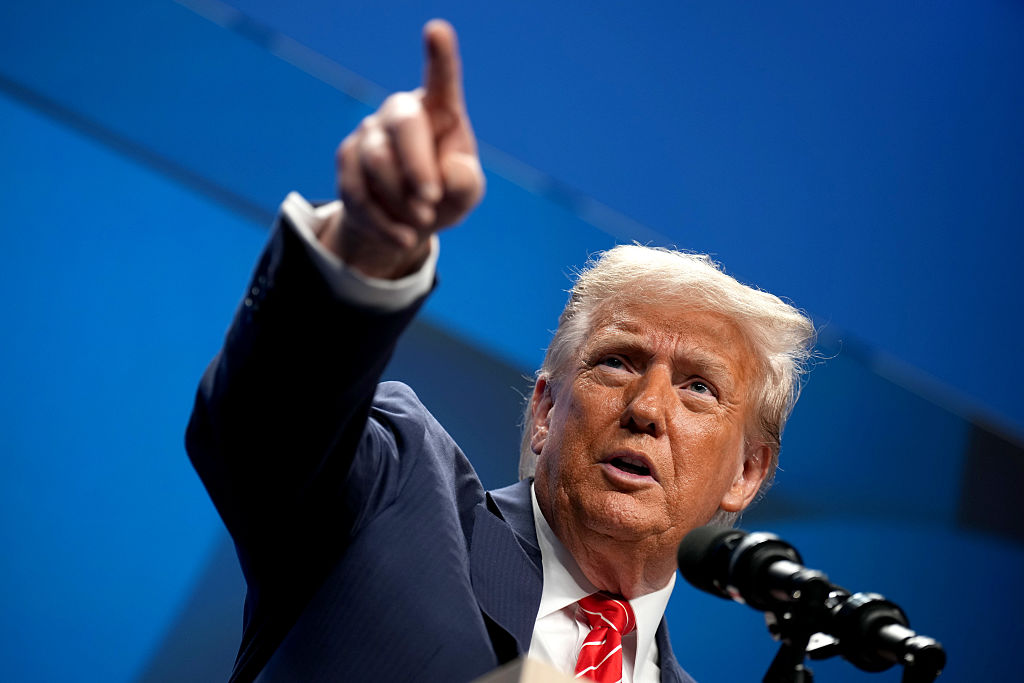

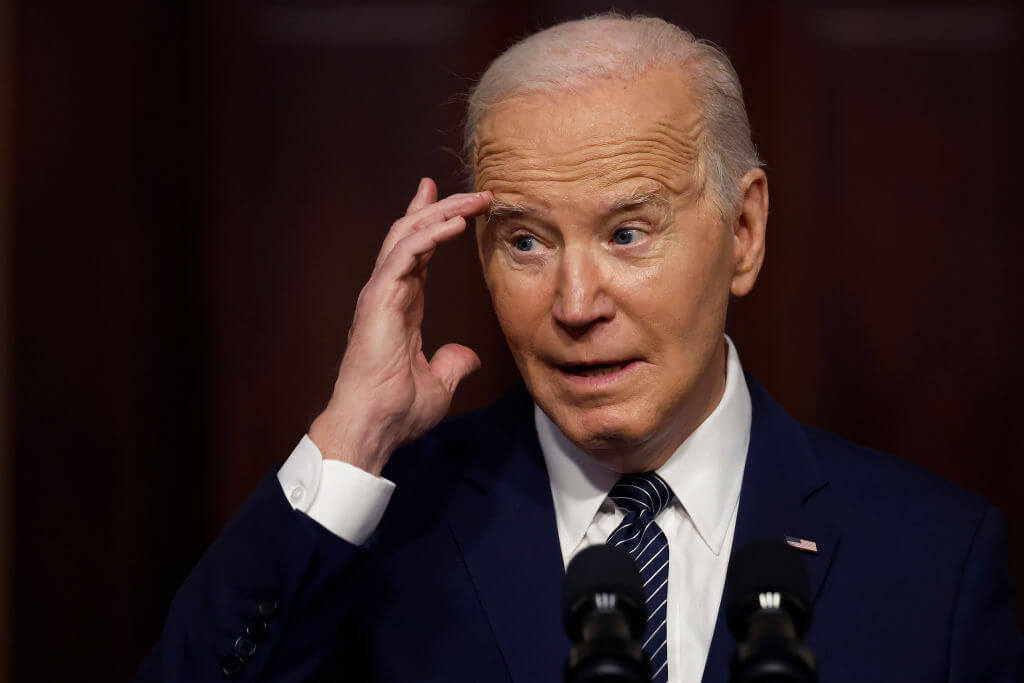



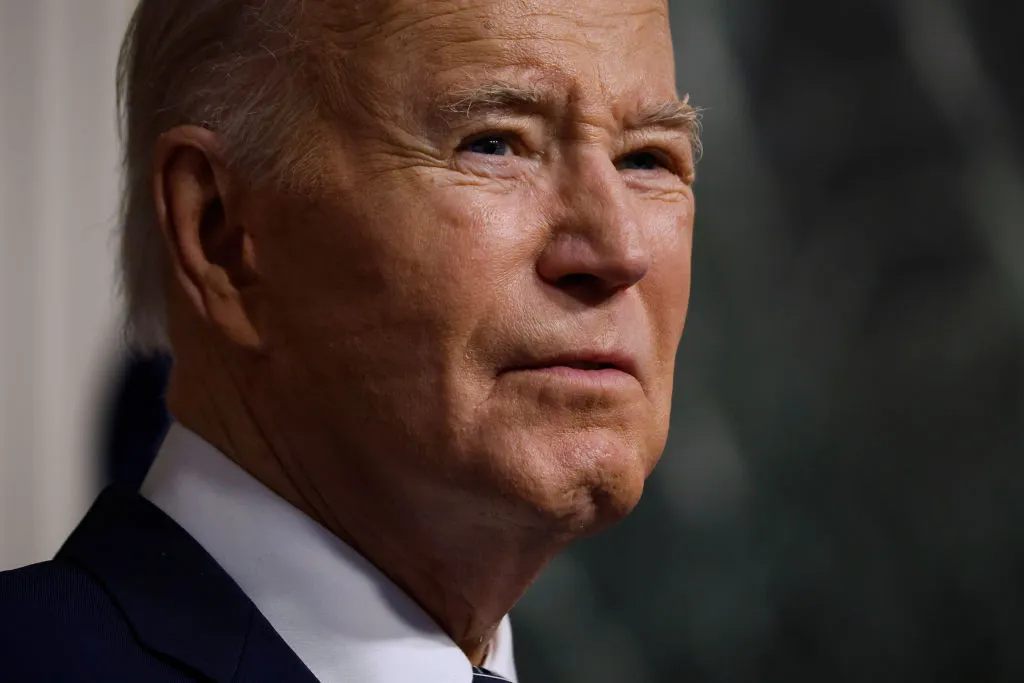

Leave a Reply